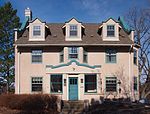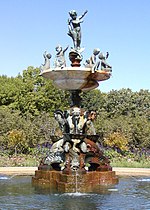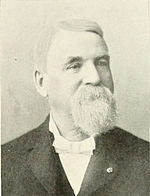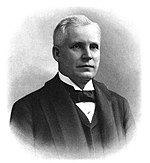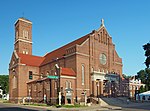East Harriet, Minneapolis
Neighborhoods in Minneapolis

East Harriet is a neighborhood in the Southwest community in Minneapolis. Its boundaries are West 36th Street to the north, Lyndale Avenue South to the east, West 46th Street to the south, and Lake Harriet, Lakewood Cemetery, and William Berry Parkway to the west. The home of Theodore Wirth, longtime architect of the Minneapolis park system, is located on the west side of this neighborhood.
Excerpt from the Wikipedia article East Harriet, Minneapolis (License: CC BY-SA 3.0, Authors, Images).East Harriet, Minneapolis
Kings Highway, Minneapolis Southwest
Geographical coordinates (GPS) Address Nearby Places Show on map
Geographical coordinates (GPS)
| Latitude | Longitude |
|---|---|
| N 44.9292 ° | E -93.2935 ° |
Address
Kings Highway 4058
55409 Minneapolis, Southwest
Minnesota, United States
Open on Google Maps
